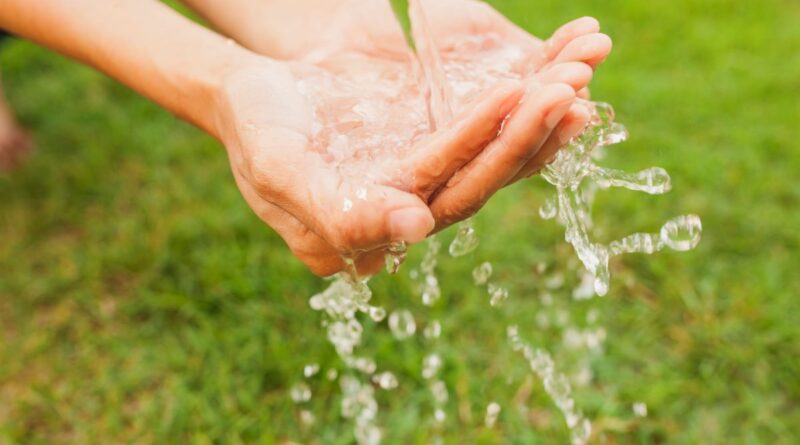7 Ways to Save Water At Home For Students
Water is one of the Earth’s most precious resources, yet we often take it for granted. It’s easy to forget that not everyone has access to clean water, and in many areas, water is becoming increasingly scarce.
By taking small steps to conserve water at home or using water treatment systems, we can all do our part to preserve this valuable resource.
In this article, we’ll explore seven simple ways to save water at home, from fixing leaks to using low-flow fixtures.
How Can Students Save Water at Home?
1. Fix leaks promptly
Leaks are one of the most common reasons for water waste in the home. Even a minor leak can waste gallons of water each year. To avoid this, it’s important to fix leaks promptly. Check your faucets, showerheads, and toilets regularly for leaks, and repair any problems as soon as you notice them. Not only will this save water, but it will also save you money on your water bill.
2. Turn off the tap while brushing your teeth or shaving
It’s easy to leave the tap running while you’re brushing your teeth or shaving, but this can waste a lot of water. Instead, turn off the tap while you’re brushing or shaving, and only turn it back on when you need to rinse. This small change can save gallons of water each day.
3. Use a broom instead of a hose to clean outdoor areas
Cleaning outdoor areas like your driveway or patio with a hose can use a lot of water. Instead, use a broom to sweep away dirt and debris. This will save water at home and also give you some exercise in the process!
4. Install low-flow showerheads and faucets
Low-flow showerheads and faucets are designed to use lesser water than traditional fixtures without sacrificing performance. Installing these fixtures is a simple way to reduce your water consumption without compromising on comfort. Plus, many low-flow fixtures are affordable and easy to install.
5. Use a dishwasher and washing machine only when full
Washing machines and dishwashers use a lot of water, so it’s important to use them efficiently. Only use your washing machine and dishwasher when it’s full to save water and energy. You can also choose energy-efficient models that use less water and electricity.
6. Water plants early in the morning or late in the evening
Giving water to your plants during the hottest part of the day can lead to water loss through evaporation. Instead, water your plants early in the morning or late in the evening when the sun is less intense. This will help your plants retain moisture and reduce water waste.
7. Use a bucket to wash the car instead of a hose
Washing your car with a hose can use a lot of water. Instead, use a bucket and sponge to wash your car. This will not only save water, but it will also prevent soap and chemicals from running into storm drains and polluting the environment.
FAQs
How much water can be saved by fixing leaks?
Fixing leaks promptly can save a significant amount of water. A single dripping faucet can waste up to 20 gallons of water per day, while a leaking bathroom can waste up to 200 gallons per day. By fixing leaks, you can save 27 to 90 gallons of water daily.
How much water can be retained by shutting down the tap while shaving or brushing your teeth?
Shutting down the tap while brushing teeth or shaving can save around 8 gallons of water per day for a family of four. Over the course of a year, this can add up to thousands of gallons of water saved.
How can low-flow showerheads and faucets help save water?
Low-flow showerheads and faucets can help save water by reducing the amount of water that flows through them. This can result in significant water savings, as a typical showerhead uses 2.5 gallons of water per minute, while a low-flow showerhead uses 1.5 gallons per minute. Similarly, a regular faucet can use 2.2 gallons of water per minute, while a low-flow faucet uses only 1.5 gallons per minute.
Can using a dishwasher and washing machine only when full really save water?
Yes, using a dishwasher and washing machine only when full can help save water at home. This is because these appliances use the same amount of water, whether they are full or half-full. By waiting until they are full, you can reduce the number of loads you run, resulting in water savings.
Conclusion
Water is a valuable resource that we should all strive to conserve. By making small changes to our daily routines, we can reduce our water consumption and contribute to a more sustainable future. Whether it’s fixing leaks, using low-flow fixtures, or washing our cars with a bucket, every little bit helps.
